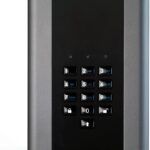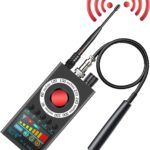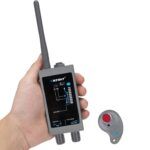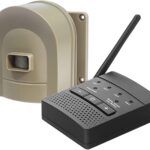Access point (AP) mode in surveillance cameras enables them to function as standalone wireless networks. When a surveillance camera is set to access point mode, it acts as a Wi-Fi hotspot, creating its own network that other devices can connect to. This mode eliminates the need for an existing Wi-Fi network or internet connection, making it suitable for remote locations or areas with limited network access.
In access point mode, the surveillance camera broadcasts its own Wi-Fi signal, allowing devices such as smartphones, tablets, or computers to connect directly to the camera’s network. Users can access the camera’s live feed, configure settings, and review recorded footage through a dedicated app or web interface.
This mode provides flexibility and convenience, as users can connect to the camera even when there is no existing network infrastructure available. It also simplifies the installation process since there is no dependency on existing Wi-Fi networks or complex network configurations.
Access point mode offers a versatile solution for surveillance needs in various scenarios, including temporary setups, remote monitoring, or areas where traditional network connectivity is challenging.




































